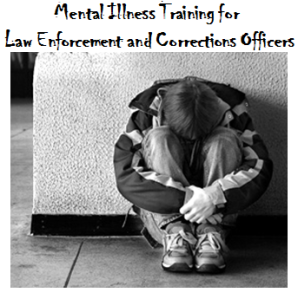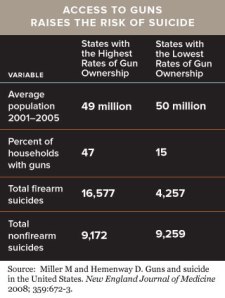Police increasingly acknowledge that they have few effective tools for handling the mentally ill. In interviews, current and former police chiefs said that without large-scale police retraining, as well as a nationwide increase in mental health services, these deadly encounters will continue.
Severe budget cuts for psychiatric services — by as much as 30 percent in some states in recent years — have created a vacuum that local police are increasingly asked to fill, they said.
“We as a society need to put more money and funding into treating the mentally ill. We need to work with these people . . . before they end in tragedy,” said Mike Carter, the police chief in Sand Springs, Okla.
Police are taught to employ tactics that tend to be counterproductive in such encounters, experts said. For example, most officers are trained to seize control when dealing with an armed suspect, often through stern, shouted commands.
But yelling and pointing guns is “like pouring gasoline on a fire when you do that with the mentally ill,” said Ron Honberg, policy director with the National Alliance on Mental Illness.
Mental health experts say most police departments need to quadruple the amount of training that recruits receive for dealing with the mentally ill, requiring as much time in the crisis-intervention classroom as police currently spend on the shooting range. But training is no panacea, experts caution.
The mentally ill are unpredictable. Moreover, police often have no way of knowing when they are dealing with a mentally ill person. Officers are routinely dispatched with information that is incomplete or wrong. And in a handful of cases this year, police were prodded to shoot someone who wanted to die.
via Police shootings: Distraught people, deadly results | The Washington Post.
Related articles
- Police Are Killing a Lot of Mentally Ill People (nymag.com)





